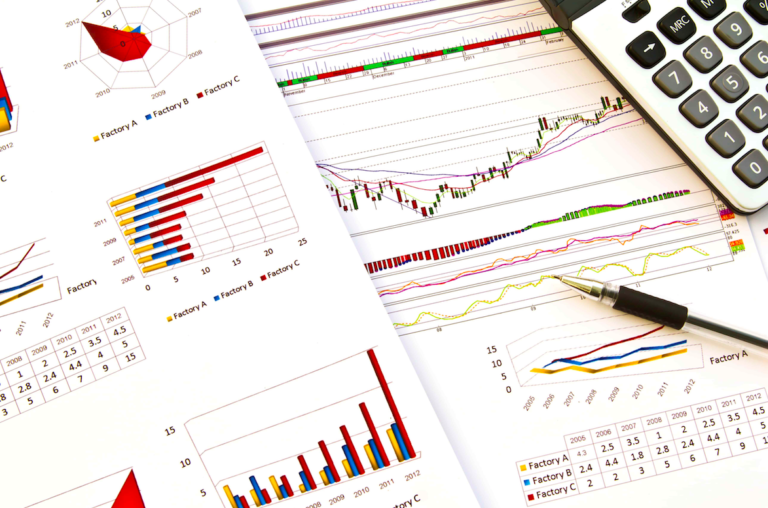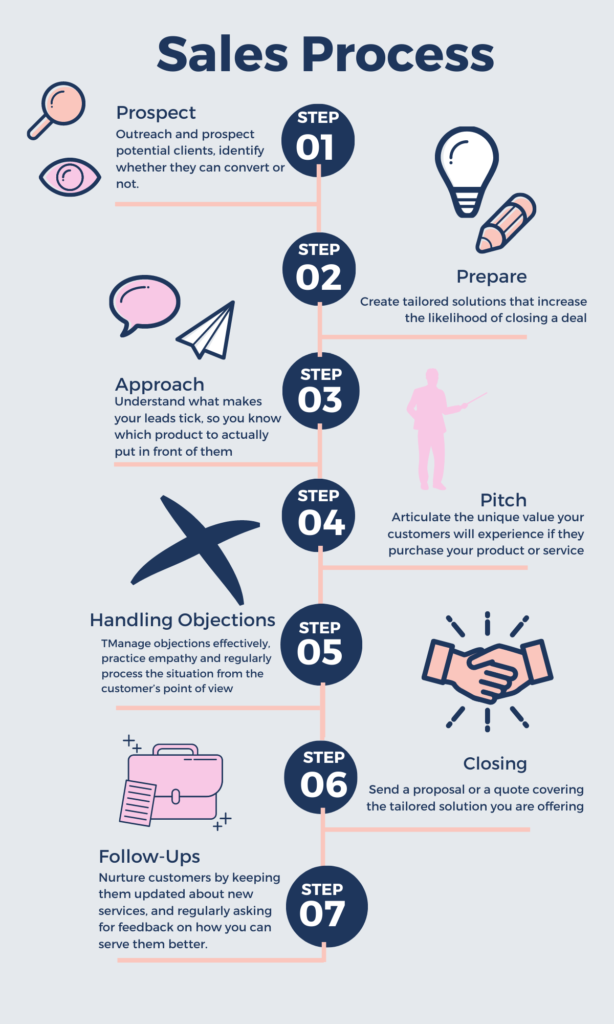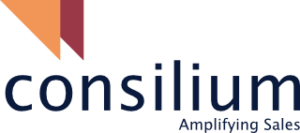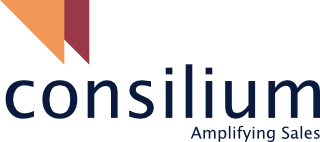Must have Components for Sales Development Process (Benefits of a strong Sales Development Process)
- Jitender Lakhani (JL)
- April 22, 2021
- Category: Sales Mindset, Sales Performance

There was a time when inbound marketing was enough for the sales team to generate leads as well as to convert them. Additional resources were not required and life was simple. But then technology came into being with full force impacting the use, methodology as well as results of marketing. With sole sight of traffic generation, it led to a heavy number of leads but not all high-quality. This in turn impacted sales and thus revenue growth.
- In this blog, we shall look at the saviour of the conflict- sales process development and its benefits.
1. Overview:-
A systemic process of identifying potential leads for further qualifications for sales reach is termed as Sales Process Development. It bridges the gap between the heavy marketing and sales force to increase efficiency and properly utilise resources available to any organization.
Ever since social media came into play, marketing has resulted in a boom of leads for organizations, but more leads necessarily doesn’t mean quality leads, in fact, majority of these leads have very little tendency to convert, making the work of the sales team futile. Marketing cries foul on Sales end blaming their inefficiency to close deals while a flustered Sales claims low-quality leads from the former.
An efficient Sales Development Process prospects and qualifies a good potential lead, easing the work of the Sales and Marketing both and thus reducing friction between the two.
A complete sales process includes the following steps with Step 1 and 2, forming Sales Development Process:

2. The Need:-
One of the major role of the sales development process lies with inbound marketing. On every step of a buyer’s journey, a lead is created but that doesn’t imply it can be converted. If the sales lead is not ready, the efforts of the sales rep are rendered futile and this is where sales development process enters to save the day.
An efficient sales development process primes a potential lead into decision making when it’s time to hand over to Sales, thus ensuring the deal is closed easily without any time or efforts wastage.It further acts as a guide and roadmap for salespeople to effectively handle a potential lead and creates awareness about the likeliness of any deal closing. It forms the bridge between marketing, collecting potential leads, filtering them and finally handing over to sales for converting.
3. The Approach:-
Now the question arises, how do you build an effective sales development process ? An effective sales process might be repeatable but it is not repetitive. It usually encompass three stages:
- Prospecting Marketing and Sales Qualified Leads (SQLs)
- Engaging those leads
- Qualifying those leads into real sales opportunities
A. Define: Beginning from the initial stage, it becomes imperative to outline and establish the meaning and definition of each of the lifecycle stages after every prospect becomes lead. A MQL is flagged by the marketing team (the boom we were talking about). While MQL might be potential lead, it is possible it might not be a good quality lead which brings us to the next step. A Sales Qualified Lead (SQL) is flagged by the sales team from the MQLs passed by marketing to prospect only good quality leads. These leads become real sales opportunities
B. Observe & Rectify: Once you have the meaning behind each term, the process of identifying gaps become much easier. Identify the gaps in your sales process pipeline and immediately rectify those gaps by corroborating with your defined stages. A qualifying and conversion funnel must be put in place that could act like a roadmap for the sales team while at the same time, a robust lead qualification system to be brought to marketing for enhancing their sieving of leads.

